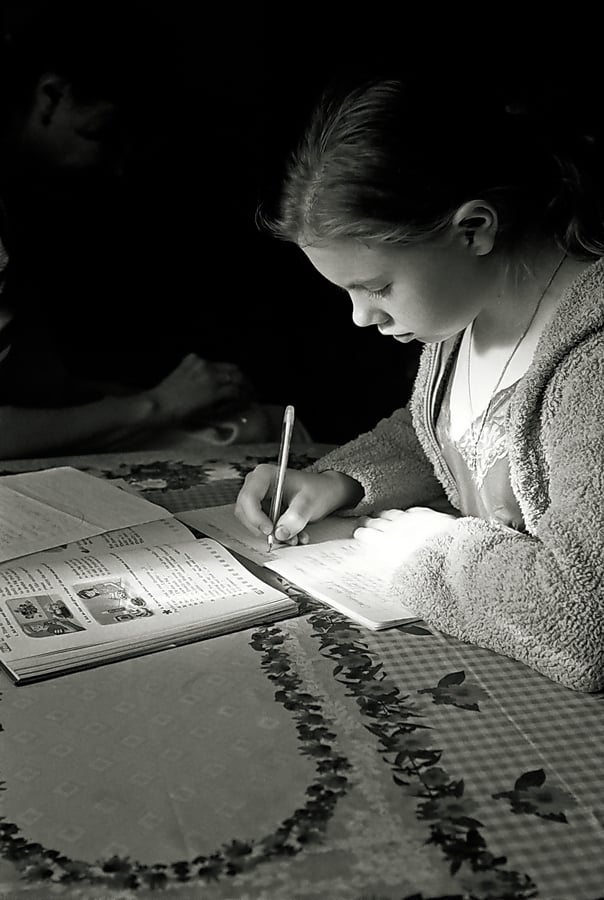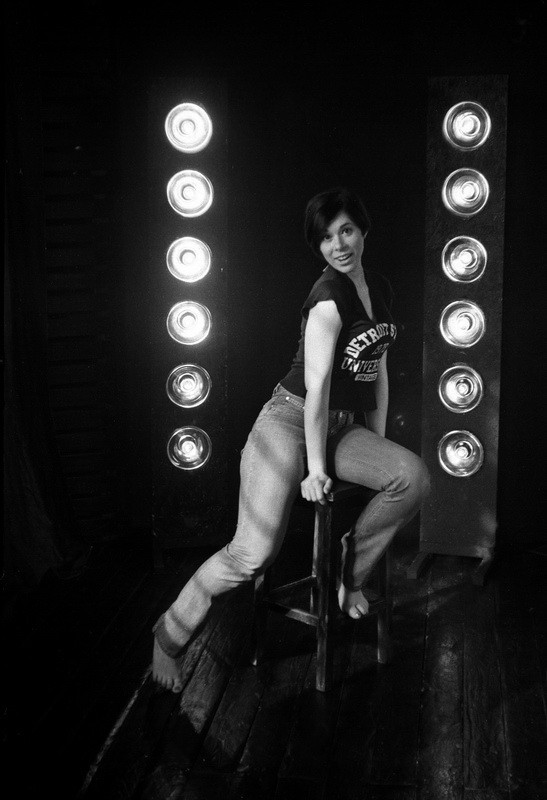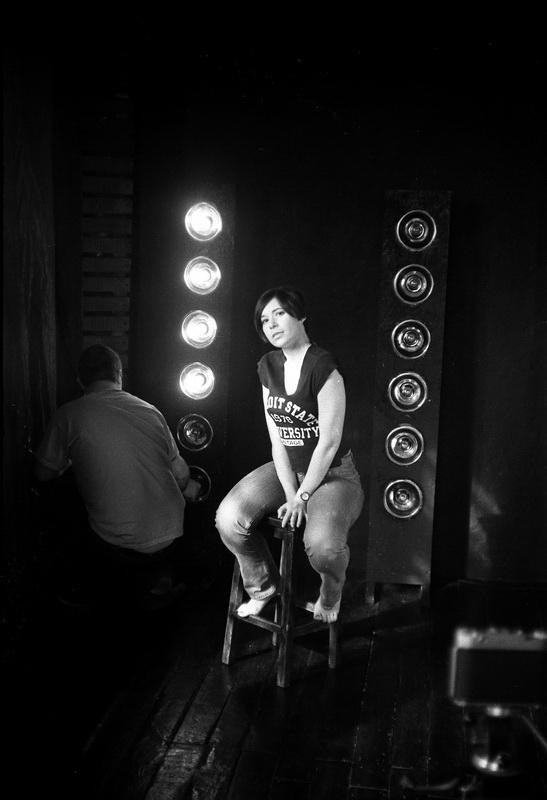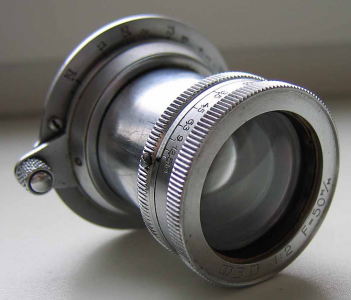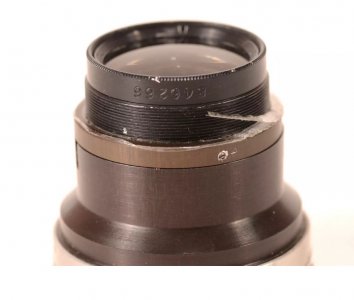Brambling
Well-known
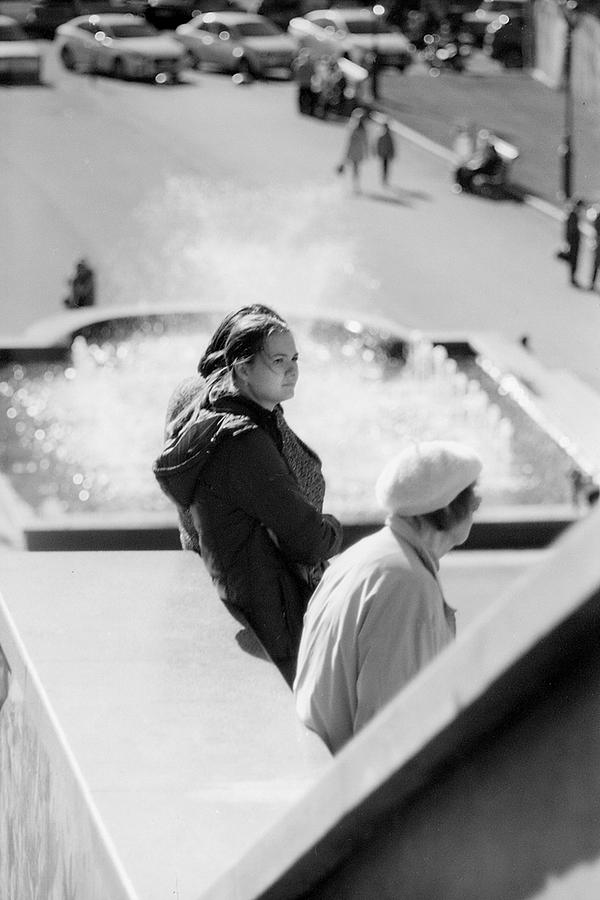
Zenit 3, Telemar 22 (200|5,6), tasma type 17 from 1987 as 16 iso, exposed 2019
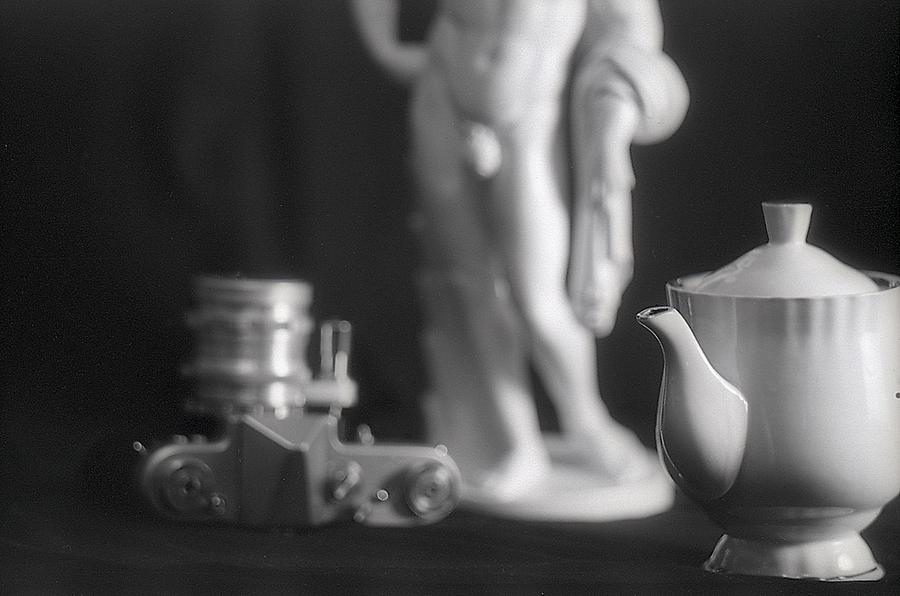
Start camera, Jupiter 6 (180/2.8), Tasma Mikrat-Ortho film.
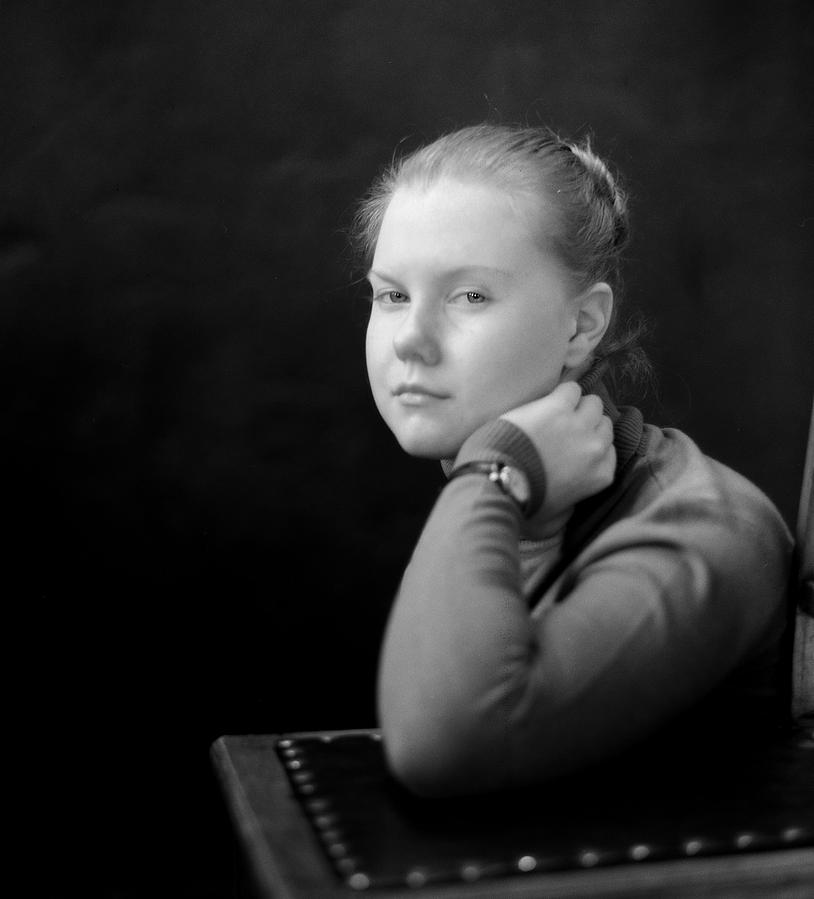
Kiev 88 (It's like Hassel))) , KALEINAR-3V (150/2,8), avifot 400 as 200, March 2018


